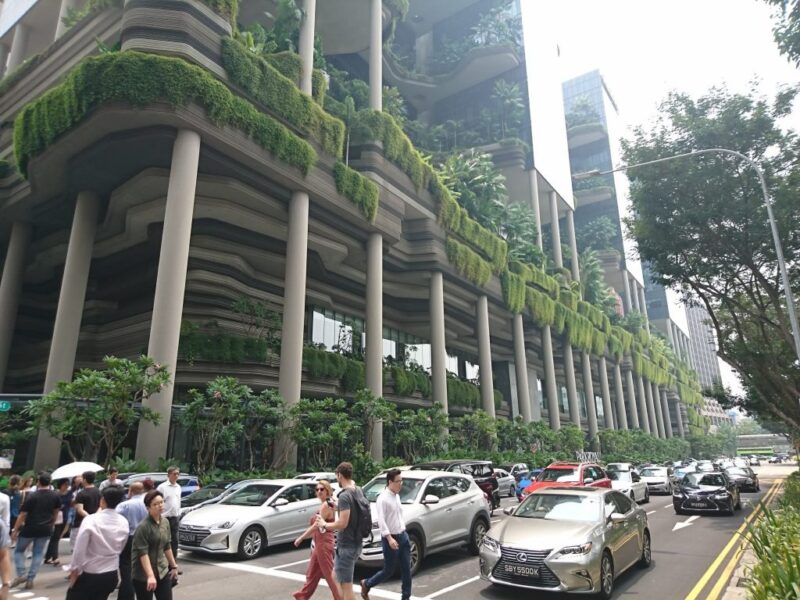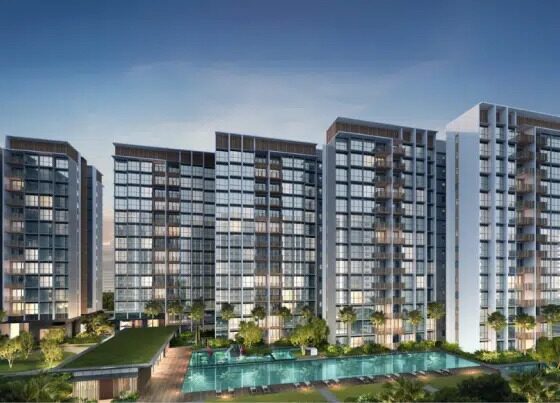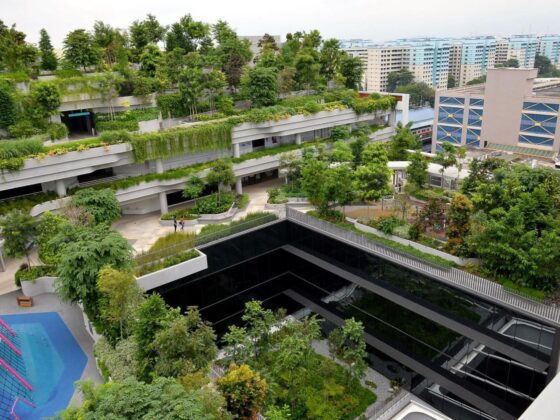Singapore’s reputation as a “City in Nature” is no coincidence. Green spaces have become central to urban planning, influencing not just the city’s beauty but also its real estate value. Parks, gardens, and landscaped walkways contribute to higher living standards and long-term property appreciation.
Coastal Cabana exemplifies how developments surrounded by greenery attract homeowners who seek a balance between urban energy and natural calm. These green environments are now considered essential for health, community, and sustainable living.
1. The Role of Green Planning in Urban Development
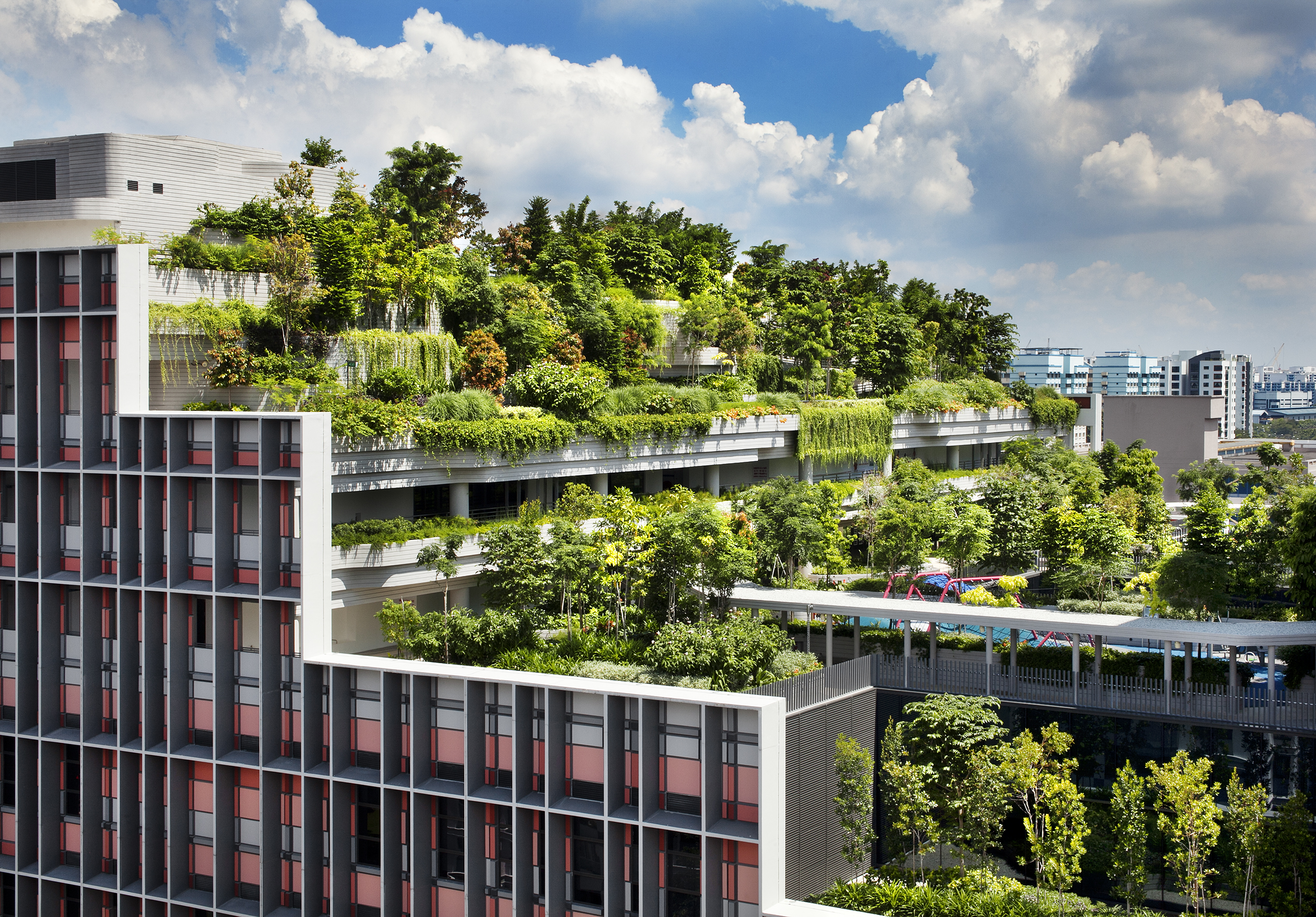
Singapore integrates nature into its infrastructure like few other global cities. Government initiatives such as the Park Connector Network (PCN) and Gardens by the Bay demonstrate how green planning can coexist with urban density. Every new residential project is expected to include landscaped areas, open courtyards, and tree-lined paths.
This integration improves air quality, reduces urban heat, and enhances overall livability. Properties located near green spaces consistently outperform those without direct access to nature. The appeal lies in the sense of openness and well-being that greenery brings to city life.
Developers now recognize that urban greenery is not an optional luxury but a value-adding necessity. Projects that include green roofs, sky gardens, and shaded walkways deliver stronger emotional and financial returns for both residents and investors.
2. Health, Wellness, and Community Benefits
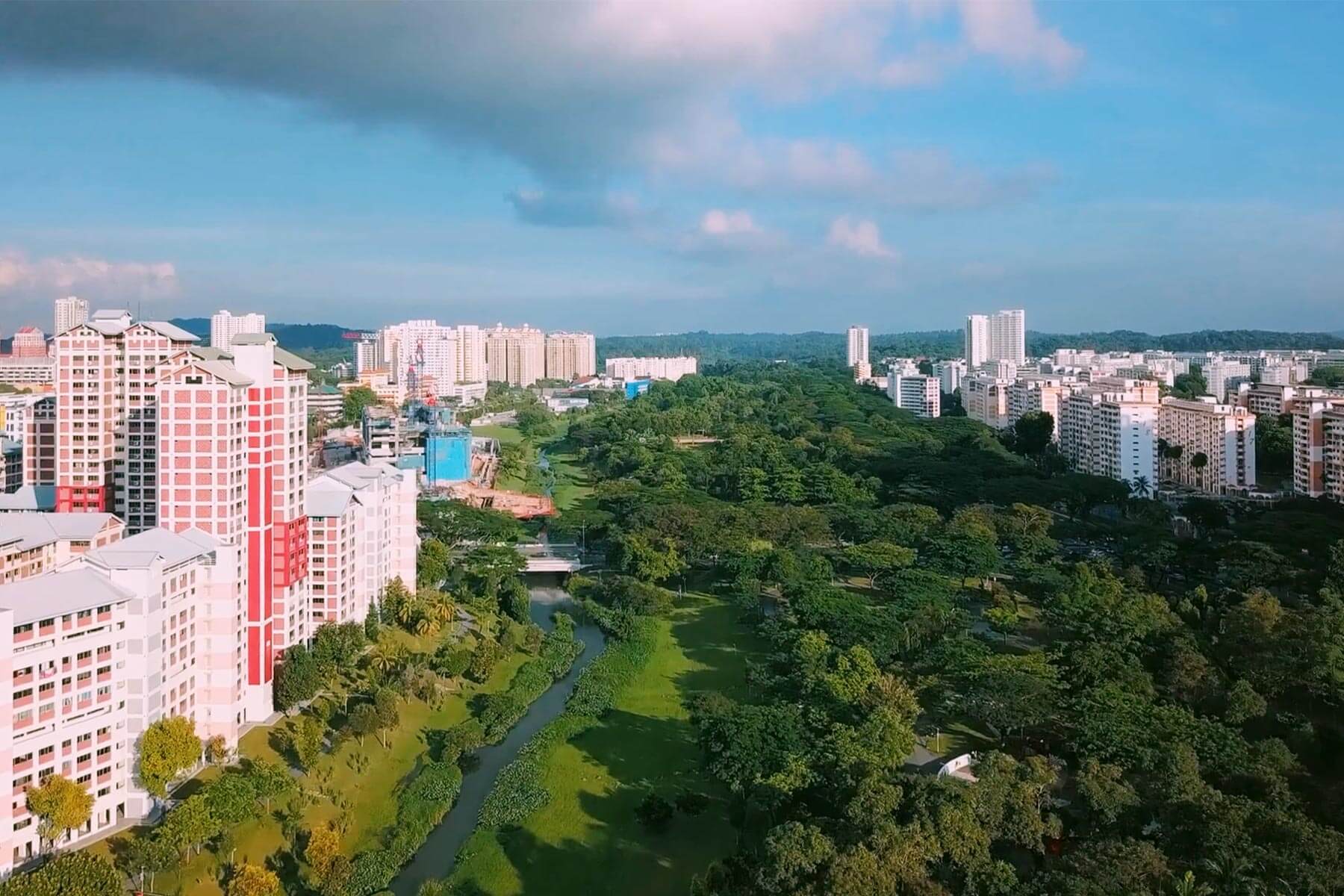
Green spaces do more than beautify—they improve health and social well-being. Studies show that residents living near parks experience lower stress, better mental health, and stronger community bonds. These benefits have become even more relevant in the post-pandemic world, where home environments are central to quality of life.
Developments like Coastal Cabana are designed with this in mind. They provide open-air spaces for exercise, meditation, and family activities, allowing residents to unwind without leaving their neighborhood. Such environments encourage active lifestyles and promote daily interaction among neighbors.
For families, access to nature creates a healthier and safer setting for children. For older residents, it offers tranquility and mobility through barrier-free park paths and seating areas. The social and wellness benefits of green living directly enhance property desirability and long-term retention.
3. Sustainability and Long-Term Property Value
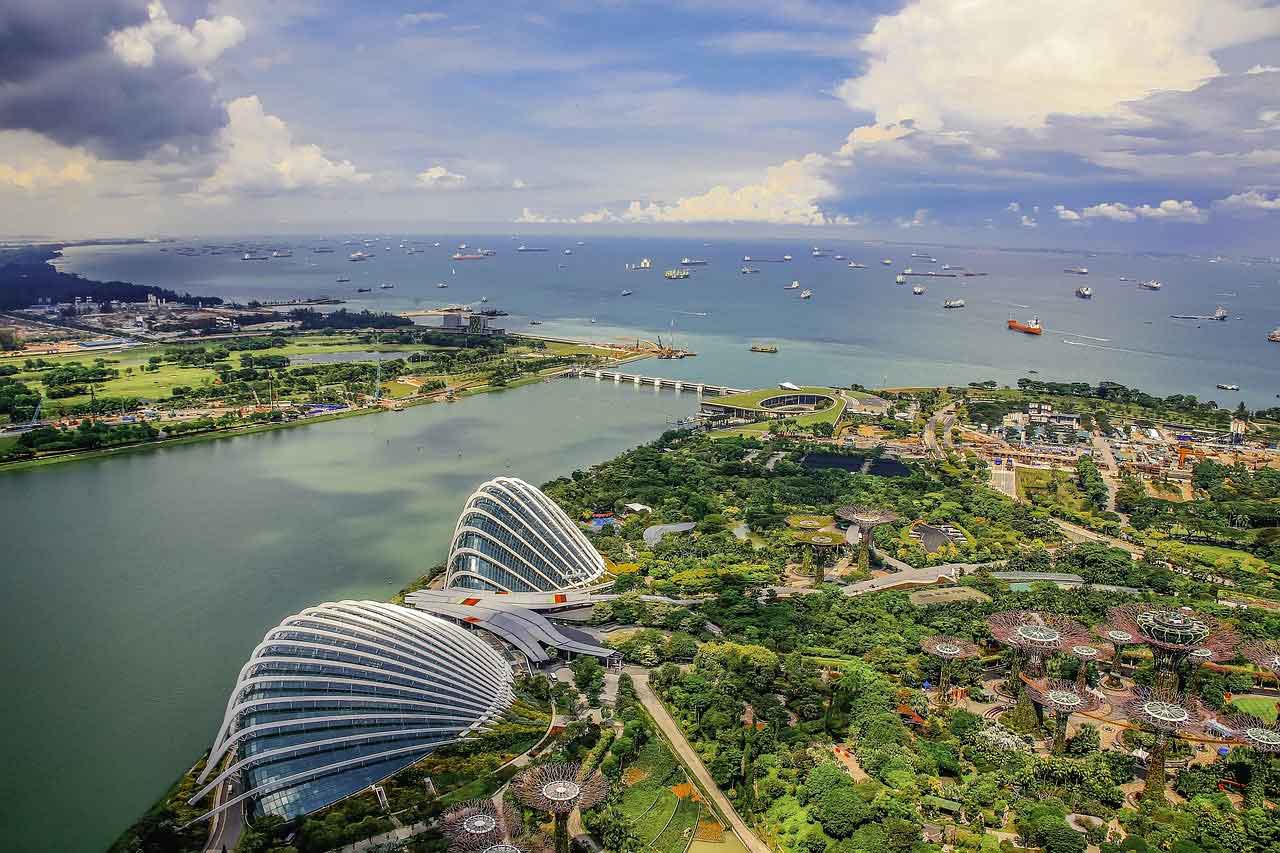
Urban green design also supports Singapore’s sustainability goals. Trees and plants help reduce carbon emissions, regulate temperature, and improve energy efficiency. Developers that adopt eco-friendly landscaping not only meet environmental standards but also appeal to a new generation of conscious buyers.
Properties surrounded by greenery tend to maintain or increase in value. Buyers perceive them as better investments due to cleaner surroundings and lower noise levels. These features are especially attractive to expatriates and professionals seeking modern, healthy lifestyles.
Singapore’s commitment to green living ensures that real estate projects connected to nature will continue to thrive. As the city expands, integrating greenery remains a key strategy for preserving livability and property strength.
Conclusion
Urban green spaces are no longer just visual features—they are vital elements that define the quality and value of real estate in Singapore. They create healthier, more connected, and more sustainable environments for residents.
Developments like Coastal Cabana reflect how modern urban living can coexist with nature. By blending architecture with greenery, they represent the future of real estate design—where comfort, community, and conservation meet in perfect harmony.
